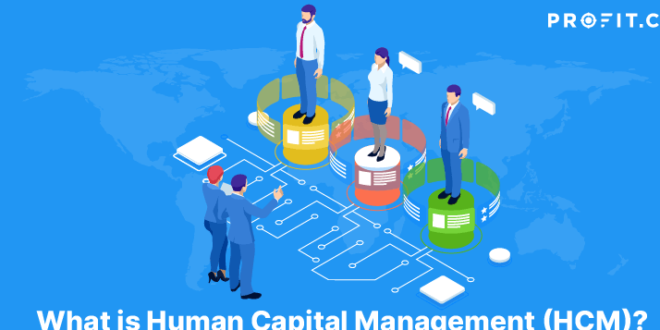Human capital management processes can be improved through the use of technological solutions. These systems offer a variety of benefits that can help to streamline business processes and increase employee engagement. HCM software is an all-in-one suite that integrates traditional HR practices with other business functions like payroll and benefits. It is usually cloud-based and can be updated easily to accommodate new business needs.
Streamlined Processes
HR can often get bogged down with administrative tasks, but the right technology can help streamline processes. A fully automated human capital management system like ADP CA can be a bridge to all the systems used in your business to help you automate workflows, stay compliant with labor laws and regulations, reduce user errors, and more. When your HR staff can focus on high-priority matters instead of data entry, they can be a more valuable resource for your company. Studies show that a new hire can take an average of 90 days to become productive, but suitable HCM systems can cut this time significantly. An automated system can help your business manage employee costs, from recruiting to termination. With self-service features, employees can easily update their information on time. Your HR staff can focus on more critical issues, such as building a plan to grow your workforce or determining why one department has excessive turnover. In addition to helping your HR team save time and effort, an all-in-one HR solution can simplify the administration of benefits programs, payroll, COBRA, and employee verification services. This can reduce your overall operating costs. Your HR manager can access reports on critical workforce management issues through an executive dashboard. These insights can help your management team make better workforce management decisions.
Increased Employee Engagement
With inflation at record highs and talk of an impending recession, businesses continually look for ways to reduce costs without sacrificing competitiveness. One way to streamline and optimize core business processes through technology is to do this. And one department that can benefit from implementing streamlined processes is the human resources division. HR technology can automate many tasks that human resource departments are charged with, freeing up your staff’s time to focus on more strategic projects. This can include employee engagement initiatives, such as creating a positive workplace culture and developing effective talent management programs. Another area in which human capital management technology can improve the employee experience is onboarding new hires and making them feel a part of the company from the start. A streamlined onboarding process through automated systems can help ensure that all new hires receive the appropriate information from the HR team promptly. A unified system containing all your essential HR software applications, including recruiting and applicant tracking, time and attendance, payroll processing, benefits administration, and performance management, can be beneficial. This system also eliminates the need to reenter data across different systems, saving valuable time and decreasing errors. With these efficiencies, your human resources department can become more focused on its role as a strategic partner in the success of your business.
Improved Security
Human capital management technology is designed to help businesses manage employees. It can automate many day-to-day HR tasks and functions, such as time tracking, payroll, recruitment, training, and performance analysis and review. This frees up HR staff to focus on higher-level management concerns. The benefits of human resources technology go beyond simply saving time and money. It also improves security and employee engagement. For example, a seamless applicant tracking system makes job-seeking more efficient for job seekers. When potential employees receive prompt, automated communications that they are being considered for a position, it makes them feel like their application has value and shows that the company is interested in them. If an employee is chosen, the human capital management system can automatically convert applicant data into new hire information, speeding up the onboarding and training process.
Moreover, an excellent human resource management system gives the right people role-based access to employee data. For example, a manager can see her team’s performance evaluations and salary information but needs help seeing other departments’ salaries or personal information such as Social Security numbers. This helps ensure compliance with employment laws. Another advantage of modern HR systems is that they can be accessed by both HR and business managers anywhere with an Internet connection. This is because many are cloud-based and software as a service (SaaS)-based.
Lower Cost
When your HR staff spends less time on mundane administrative tasks, they have more opportunities to focus on the essential things that can help you grow and save money. For example, employee turnover is a costly business problem that can be minimized by automating time-consuming manual processes and using HCM software to help recruit and hire the best employees for your organization. HCM technology is also a great way to improve employee productivity. Many employees are frustrated by mundane tasks and are frequently interrupted throughout the day, which can zap productivity. With a human capital management system, you can automate as many routine tasks as possible, allowing your employees to work on more productive projects.
HR software systems can also help you comply with laws and regulations. It’s nearly impossible to keep up with the countless changes being made by city, state, and federal agencies. Still, an integrated HR platform that can be updated quickly (cloud-based systems have an advantage here) can provide you with a significant competitive edge by helping your company remain compliant. Integrating human capital management technology into your business is an excellent investment that will pay for itself in various ways. HR technology will pay dividends far beyond the initial investment by improving operational efficiency, enabling better decision-making, and reducing costs.
 Time News Global Business, Technology, Entrepreneurship News
Time News Global Business, Technology, Entrepreneurship News




